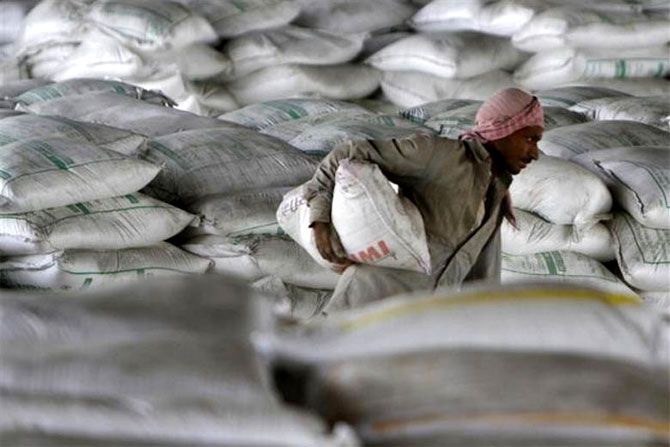Traders said the current demand is backed by government-funded projects which usually come up in the months before the election and the pace may slow down after the election, pushing the growth back to the previous levels.

Cement prices have started recovering after a year, thanks to the rate hikes in the southern and western regions.
Dealers and companies have said that prices gradually picked up from February in a few markets, but across the country, it came into effect from March.
Prices recovered by Rs 15-20 a bag to Rs 310-315 compared to what was prevailing till January this year.
Till the end of last year, cement companies were resorting to offering discounts to push sales.
However, that approach is changing now.
Average price increase was around six per cent across the country.
In south and west, the increase was around 15 per cent.
In other markets, the rise has been marginal.
In southern and western markets, the prices increased by Rs 40-45 a bag and 8 per cent (Rs 12-15/bag), respectively.
North, east and central regions saw 2-3 per cent improvement (Rs 5-8/bag).
“Discussion with cement dealers suggest that demand may not be as strong as witnessed in the recent months, as uncertainties over the upcoming elections may hit consumption,” said a report by Reliance Securities.
Price increase was due to infrastructure growth and restoration of discipline as companies realised that the discount game cannot sustain, said the CEO of a mid-sized cement company.
Sanjay Ladiwala, chairman, Cement Stockists & Dealers Association of Bombay said, all India prices were down due to the overcapacity in south.
This held back the prices in other markets as firms in south were supplying to these markets at a lower price.
However, with infrastructure projects picking up, demand has risen in south, while its supply to other parts also came down.
N Srinivasan, vice-chairman and managing director, India Cements, said the utilisation in south rose to 70 per cent in February from 67 per cent at end of last year, thanks to the Centre’s thrust on infrastructure and housing with higher outlays apart from tax breaks for the realty sector.
RBI has also cut the repo rate in a bid to boost consumption.
This is expected to further improve construction activity and increase demand for cement in the coming years, he said.
AV Dharmakrishnan, chief executive officer (CEO), Ramco Cements, said that prices were down by Rs 25 in January 2019 compared to January 2018 and increased from February, both year-on-year and month-on-month.
Moreover, high demand due to infrastructure projects like Amaravati in AP, irrigation project in Telangana, new metro projects in cities and the government’s low-cost housing schemes in the east have reduced discounts.
He cautioned about the increase of other costs, mainly fuel, which may put pressure on profitability.
Way forward
Analysts and industry stakeholders are of different views on sustainability of demand and price.
Traders said the current demand is backed by government-funded projects which usually come up in the months before the election and the pace may slow down after the election, pushing the growth back to the previous levels.
An IIFL report says that while there would be a marginal upgrade for the FY19 estimates as the price hike in the southern region is higher, it continues to be negative on the sector as it may come under pressure again when demand growth decelerates after pre-election spending.
Srinivasan, however, said that with no major capacity addition expected and if the demand continues to keep up the momentum, the industry can see good times ahead.
Photograph: Amit Dave/Reuters












 © 2025
© 2025